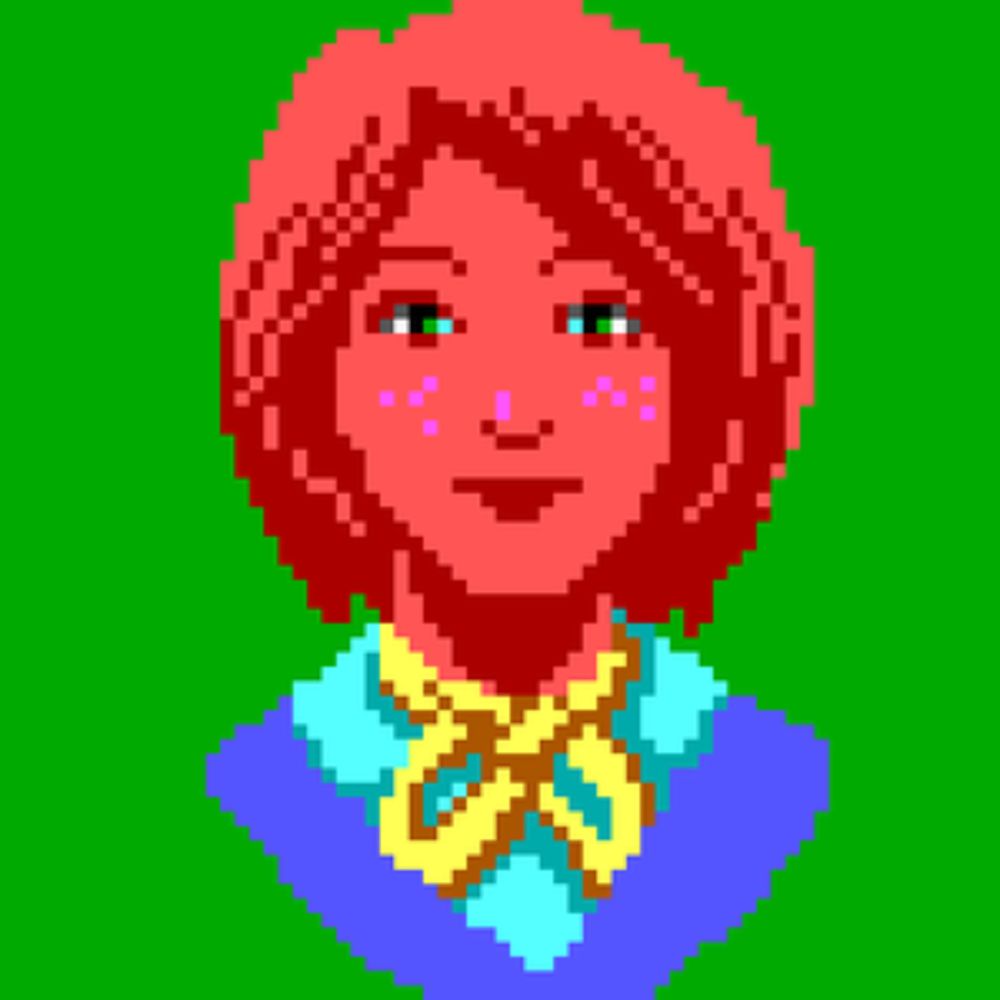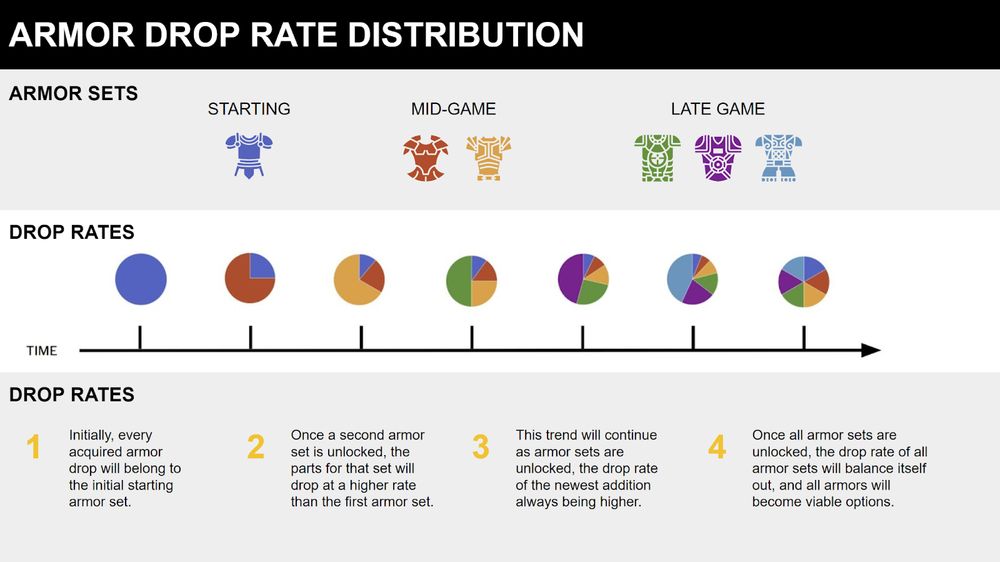Polaris Game Design
@polarisgamedesign.com
430 followers
62 following
46 posts
Solving the toughest problems in game design. Mostly a yearly weekend retreat for professional game designers. https://polarisgamedesign.com/
Posts
Media
Videos
Starter Packs
Reposted by Polaris Game Design











